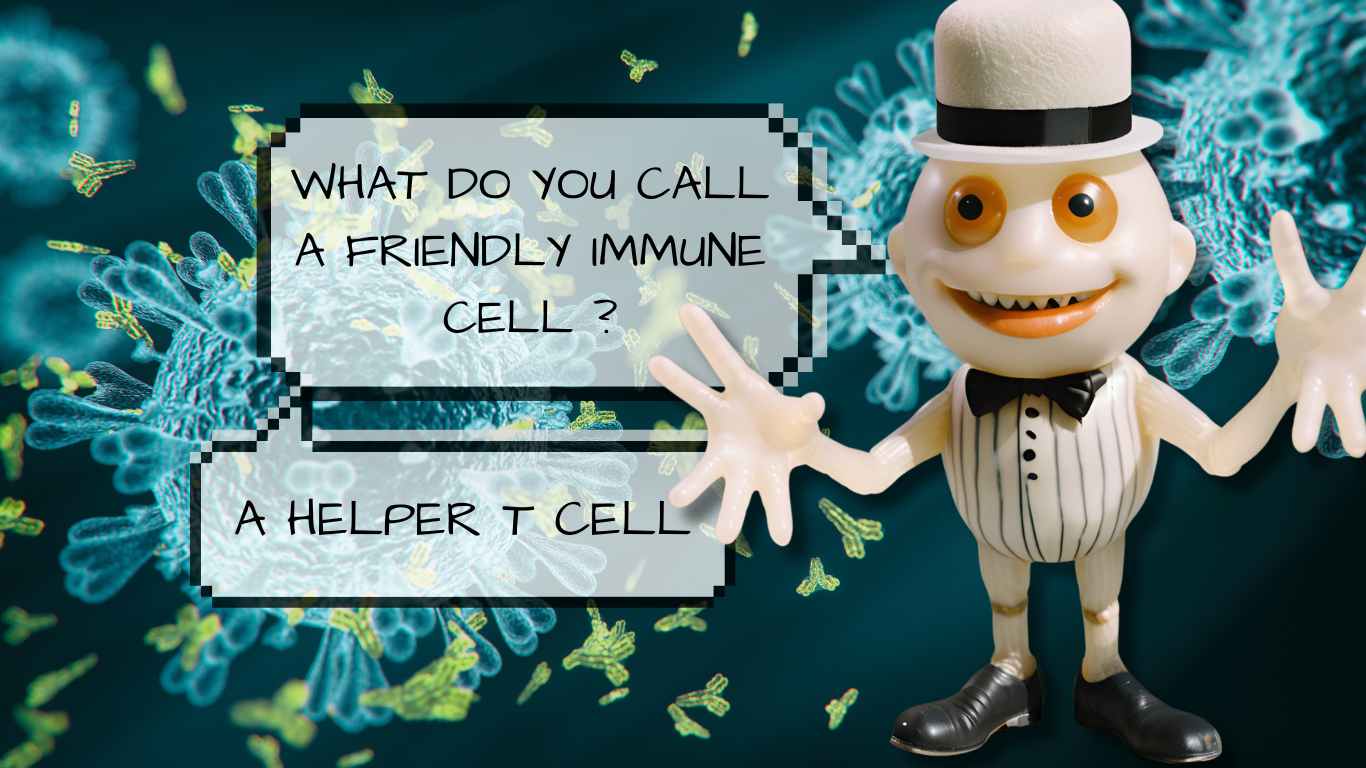The human body can kill invading microbes in various ways. One of which is making them laugh to death (that was a joke). The term “humoral” comes from the Latin word “humor,” meaning fluid. Historically, it referred to bodily fluids believed to govern human health. The idea dates back to ancient Greek medicine, which believed that health depended on a balance of bodily fluids like blood, phlegm, and bile. This is of course far from the understanding of human physiology that we have as of today, but for ease of remembering, think of Humoral Immunity as the immunity provided by the bodily fluids, specifically, the antibodies in those fluids.
Humoral Immunity is a part of the adaptive immunity. For a broader overview, you can read the article on the types of immunity. Humoral immunity, simply put, involves B cells recognizing pathogens and producing antibodies to fight them off.
Features
The humoral immune response exhibits several key features that are essential for its effective functioning. Firstly, specificity allows the immune system to generate targeted responses for distinct antigens, ensuring precise action against each pathogen. In addition, diversity enables it to recognize and respond to a vast array of antigens, enhancing its capability to combat numerous microbial threats. The feature of memory ensures that the immune system can mount a more robust and rapid response upon repeated exposure to the same antigen.
What’s more, clonal expansion allows the immune system to amplify specific B cells to keep pace with rapidly multiplying microbes. Specialization ensures that the immune response is tailored to optimally deal with different types of pathogens. Lastly, the self-limiting response mechanism, regulated by negative feedback from IgG antibodies, ensures that the immune system returns to a resting state once the infection is cleared, thereby preventing excessive immune activity and preparing the body for future infections.
![]() Features of Humoral Immunity
Features of Humoral Immunity
1. Specificity
2. Diversity
3. Memory
4. Clonal expansion
5. Specialization
6. Self limiting
The humoral immunity occurs in three phases:
- Recognition
- Activation
- Effector
Recognition
B cells mediate recognition in the humoral immune response by displaying a unique set of B cell receptors (BCRs) on their surface, each specific for a single antigen. Moreover, the diversity of BCRs in the host’s blood is immense, allowing the immune system to identify virtually any antigen. These receptors can recognize unprocessed antigens with various chemical properties, including carbohydrates, peptides, and lipids. Upon recognizing an antigen, the BCRs transmit an initial activation signal into the B cell. Following this, the B cell internalizes the antigen, processes it, and presents it on the cell surface along with MHC II molecules. This process allows B cells to function as antigen-presenting cells (APCs), facilitating further immune responses.
Activation
B cell activation necessitates two signals. The first signal is provided by the B cell receptor (BCR) after recognizing an antigen. Complement component C3d, microorganisms, or antigen-presenting cells (APCs) deliver the second signal for non-peptide antigens, classifying these as T-independent antigens. Conversely, for peptide antigens, the second signal is provided by T helper cells through a process called linked recognition. In this process, the BCR recognizes the antigen and provides the first signal, then transports the antigen inside the cell. The B cell processes the antigen and presents it on its surface with MHC II molecules. T helper cells recognize this processed antigen and deliver the second signal to the B cell via cytokines, such as interleukin-4 (IL-4). The two-signal mechanism ensures that B cells activate appropriately to mount an effective immune response.
Effector
After activation by the two signals, B cells migrate to the germinal centres and undergo clonal expansion, proliferating rapidly. During this proliferation, somatic hypermutation occurs, introducing point mutations in the genes coding for the variable (V) region of the antibody. As a result, many different antibodies are produced. Through affinity maturation, B cells that produce antibodies with the highest affinity for the specific antigen are selected. These high-affinity B cells then migrate to lymphoid organs and differentiate into memory cells, ensuring a faster and more robust response upon re-exposure to the antigen. Additionally, During repeated exposures, antibodies undergo class switching, altering the Fc part of the heavy chain. This process allows antibodies to adapt to different functions, although IgM is usually predominant during initial responses.
T-dependent vs T-independent Immunity
| Feature | Recognition of T-dependent Antigens (Peptide Ag) | Recognition of T-independent Antigens |
|---|---|---|
| Clonal expansion | Occurs | Occurs |
| Somatic hypermutation | Occurs | Little/no somatic hypermutation |
| Affinity maturation | Occurs | Little/no affinity maturation |
| Memory cells | Present | No memory cells |
| Class switching | Can be seen | Little/no class switching (IgM is the main antibody) |
Primary Vs Secondary Exposure
| Primary Exposure | Secondary Exposure |
|---|---|
| Small amount of antibodies present | Large amount of antibodies present |
| 5-10 day lag period | 1-3 day lag period |
| IgM > IgG | IgG > IgM |
| Affinity of the antibody is low | Affinity of the antibody is high |
| Smaller peak response is present | Higher peak response is present |





Leave a Reply